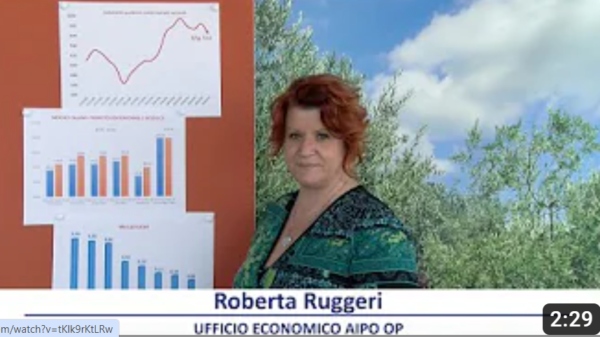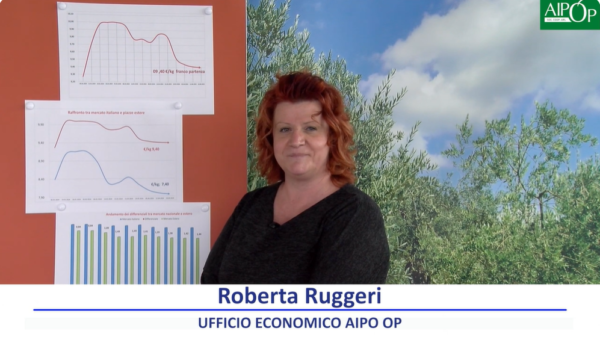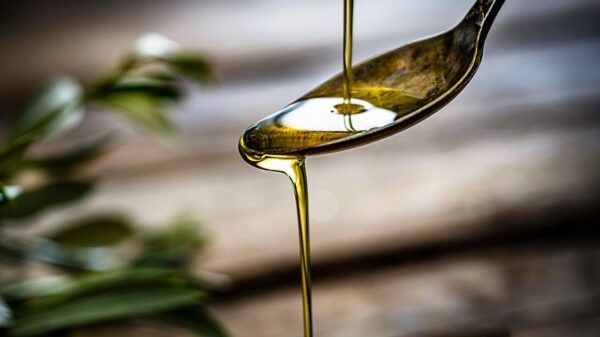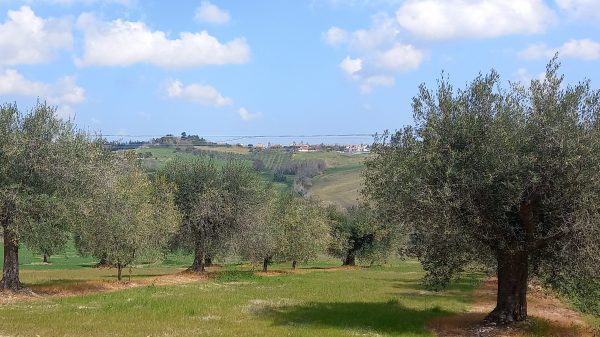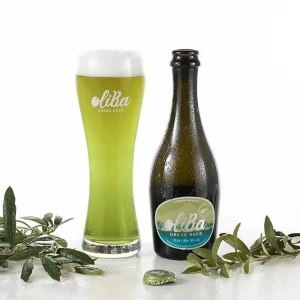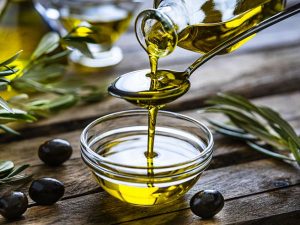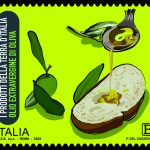It will be of about 200 thousand tons Italian olive production in the current campaign. Well 120 thousand tons less compared to last year, among the lowest levels reached in recent times. IsmeaWhich, together with Italy Olive growing e Unaprol produced the first estimates, talk about a decrease of 37% compared to the previous campaign. And if Italy cries, no one laughs elsewhere, with the Spain is loses almost half of production, with Tunisia which leaves a fourth and the only one on the street Greece to register an increase that will attest it above 300 thousand tons.
To influence the Italian production, Ismea confirms, were the climate problems, primarily the long one drought and high summer temperatures, which made the vegetative development of the olive groves tiring, but also the fact that in many areas with a higher olive-growing vocation, the harvest that had just begun was already to be considered dump following the natural alternation calendar. In general, however, the long drought has prevented the proliferation of attacks and this has allowed many areas of the country to obtain higher quality standards than usual.
For the Puglia which alone represents 50% of national production, Ismea estimates that production has more than halved (-52%), in a negative context also for the Sicily (-25%), Calabria (-42%) and, more generally, for the entire South. On the other hand, the year is overall positive in Central Italy, where a production increase is expected in Lazio (+17%), Tuscany (+27%) e Umbria (+27%), against a decline in Brands (-25%). For the northern regions, after last year's dramatic reductions, the year of charge is looking good even if not at the levels expected before the great summer drought. The recovery of Liguria (+27%) in fact, it is not enough to consider this a good vintage.
“With the harvest just starting in the most productive areas of the country – writes Ismea – caution is, as always, a must since the oil yields will also weigh in. At the moment, the impression is that the harvest will proceed with a tighter schedule than usual to avoid further damage caused by the diseases that have begun to appear punctually with the change in climate and the relative humidity".
Region by region, how the new campaign is going
Merciless estimates: production at 200 tons of oil
Economy
Views: 1K




